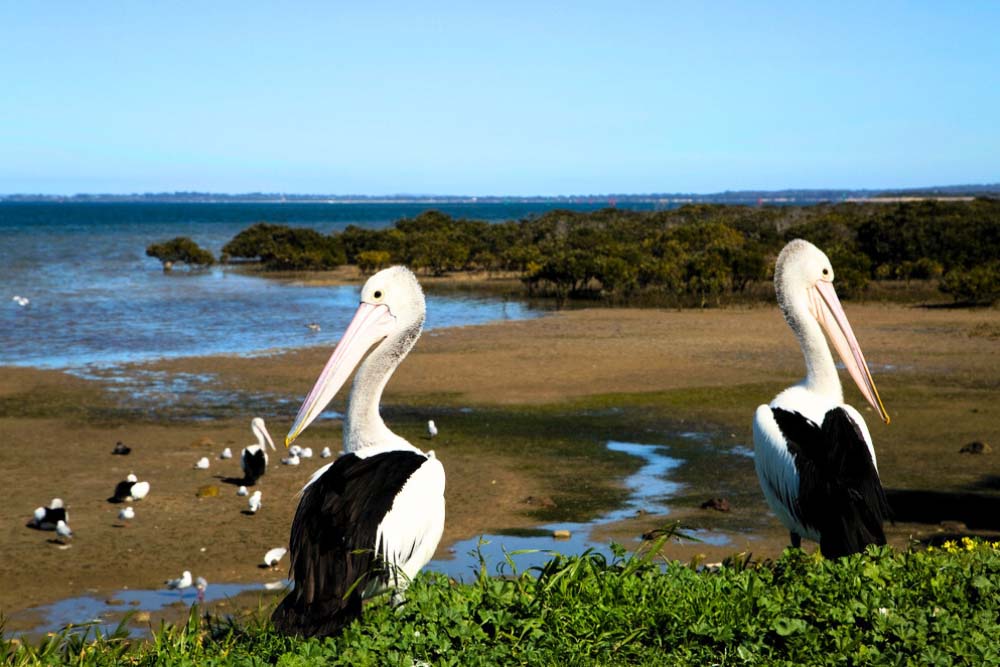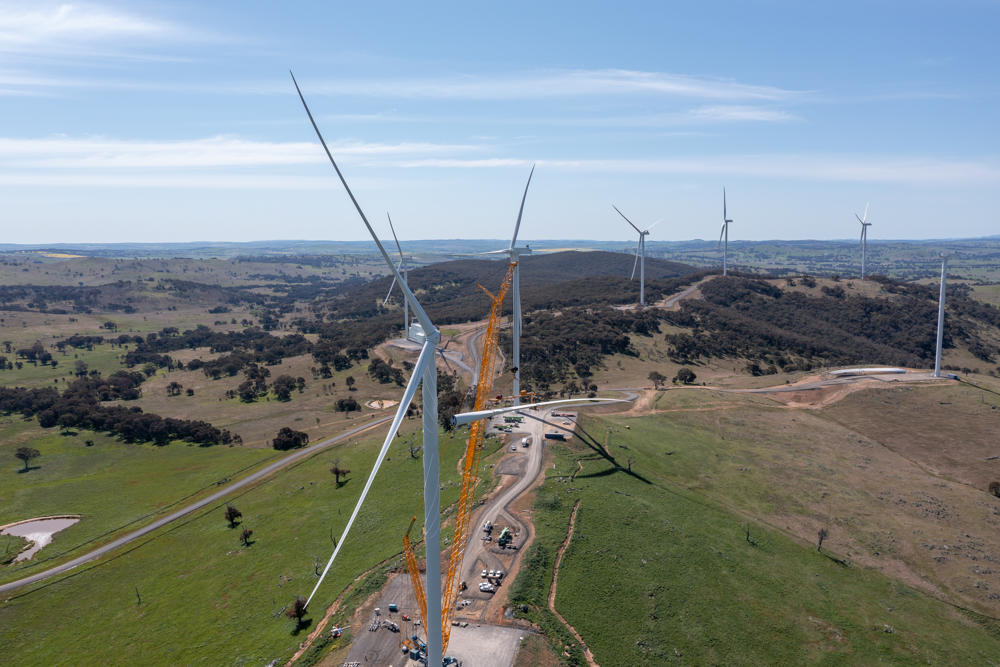
The federal government has vetoed the development of a critical Australian offshore wind industry infrastructure in Victoria’s Port of Hastings — labelling it a “clearly unacceptable” environmental risk.
Federal Environment Minister Tanya Plibersek blocked the proposed port because of “unacceptable” and “irreversible” risks to the internationally-protected native endangered wildlife in Western Port Bay’s Ramsar-listed wetlands.
Preliminary plans for the Victorian Renewable Energy Terminal were submitted to the federal Department of Climate Change, Energy, the Environment and Water by the Port of Hastings Corporation in October 2024.
A spokesperson for the Department of Climate Change, Energy, the Environment and Water told AAP that the project was deemed clearly unacceptable under national environment law and cannot proceed.
This decision will have a major negative effect on the delivery of Australia’s first round of offshore wind farms.
The Port of Hastings is the closest deep-water port to the nation’s first official development zone off the coast of Gippsland in Victoria’s south-east — which is the preferred primary construction port for the 2.2GW Star of the South project.
The Western Port Bay location had also been identified by the Victorian government as most suitable for a central hub to support the state’s offshore wind targets of at least 2GW of capacity by 2032, 4GW by 2035 and 9GW by 2040.
The EPBC referral documents proposed the Terminal be constructed over an area of 146 hectares at the site at the Old Tyabb Reclamation Area — which includes the Ramsar wetlands.
The proposed project would require clearing of vegetation and dredging of the seabed to allow deeper ship access, as well as construction of a wharf structure of around 600 metres long by 100 metres wide that would be capped with a concrete apron.
The Victorian National Parks Association (VNPA) welcomed the decision saying it highlighted the need for the state government to better protect Western Port Bay from the effects of risky developments.
VNPA Nature Campaigner Shannon Hurley said: “This project risked an internationally protected wetland and bird sanctuary critical for 65 per cent of Victoria’s threatened bird species.
“While a fast transition from polluting to clean energy sources is necessary to avoid the extreme impacts of climate disruption, it cannot come at the cost of the marine environment,” said Hurley.
VNPA, Western Port Biosphere Foundation and Save Westernport — with support from Traditional Custodians, local business, tourism and nature protection groups — developed and proposed a wildlife protection to the Victorian government last year.
The Framework for Western Port Bay is a proposal to protect the area’s precious wetlands and support sustainable marine and tourism industries.











